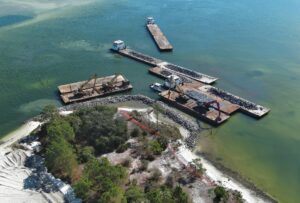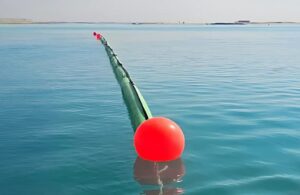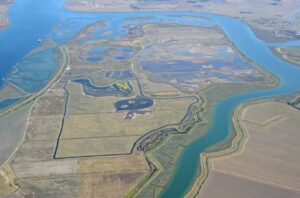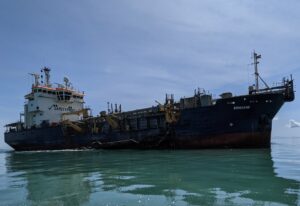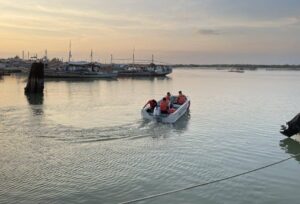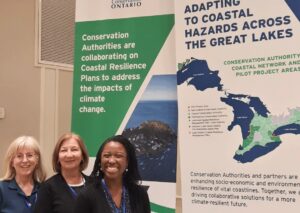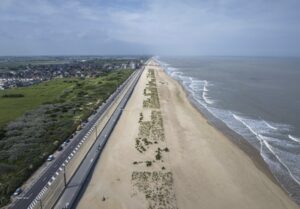Predicting the Ideal Time to Dredge – New Research from QUT
Timing of dredging is the key to helping preserve one of the world’s most productive and important ecosystems – seagrass meadows, reports QUT (Queensland University of Technology).
According to the QUT, seagrass meadows are among the most underappreciated but most important ecosystems in the world. They are disappearing at the same rate as tropical rainforests and coral reefs.
New study, led by QUT researchers in collaboration with seagrass experts at Edith Cowan and James Cook universities, can now provide answers on when and how much to dredge via an ‘ecological window’.
Lead researcher, QUT’s Dr Paul Wu, has developed a way of predicting the ideal time to dredge in order to give seagrass the best and quickest chance of recovery. Modelling provides up to a fourfold reduction in time it takes for seagrass to recover.
He said that dredging was a source for seagrass loss and timing of dredging determines if seagrass will recover and how quickly. “This is called an ecological window,” Dr Wu said.
Dr Wu is an Associate Investigator with the ARC Centre of Excellence for Mathematical and Statistical Frontiers (ACEMS) within QUT’s Mathematical and Statistical Sciences Faculty.
He has developed an advanced statistical model to predict when dredging is least likely to damage seagrass.
According to Dr Wu, the model could be used globally, not just in Australia. “Our model can provide up to a fourfold reduction in recovery time, and up to a 35 per cent reduction in local extinction risk for seagrass species,” said Dr Wu.
Watch Dr Wu explain the research in the video below:

